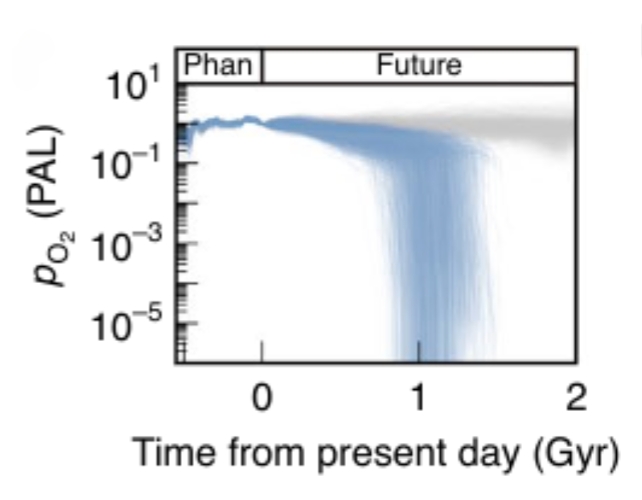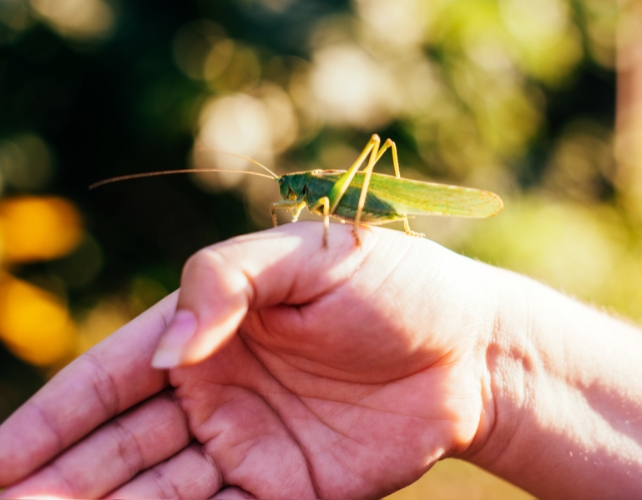For the moment, complex life flourishes on our planet thanks to its Oxygen supply. But the earth’s atmosphere was not always like today, and scientists predict that in the future, it will come back to the one who is rich in methane and low in oxygen.
Breathe easy, however. This will probably not happen for about a billion years. But when the change arrives, it will happen fairly quickly, according to research published in 2021.
This change will bring the planet back to something like the state in which it was before what is called The major oxidation event (GOE) About 2.4 billion years ago.
“For many years, the lifespan of the Biosphere of the Earth has been discussed on the basis of scientific knowledge on the regularly clarification of the sun and the global geochemical cycle of carbonate-silate”, the environment scientist Kazumi Ozaki of the University Toho in Japan said When the study was published.
“One of the corollaries of such a theoretical framework is a continuous decrease in atmospheric co2 Levels and global warming on geological time scales. “”
Researchers say that atmospheric oxygen is unlikely to be a permanent characteristic of the habitable worlds in general, which has implications for our efforts to detect signs of life further in the universe.

“The model projects that a deoxygenation of the atmosphere, with the atmospheric o2 highly lowering at levels reminiscent of Archatean landwill most likely be triggered before the creation of wet greenhouse conditions in the earth’s climate system and before the long loss of surface water in the atmosphere, “said the team in their paper.
At this point, it will be the end of the road for human beings and most other forms of life based on oxygen to spend the day go from the planet At one point in billions of next years.

To achieve their conclusions, the researchers directed detailed models of the earth’s biosphere, taking into account changes in the brightness of the sun and the corresponding decline in carbon dioxide levels, as gas decomposes by increasing heat levels.
Less carbon dioxide means fewer photosynthesis such as plants, which would cause less oxygen.
Scientists previously predicted that an increase in sun radiation wiping the ocean waters of the face of our planet In about 2 billion yearsBut the model here – based on an average of just under 400,000 simulations – says that the reduction in oxygen will first kill life.
“The drop in oxygen is very, very extreme,” said the earth scientist, Chris Reinhard, of the Georgia Institute of Technology, said New scientist. “We are talking about a million times less oxygen than today.”
What makes the study particularly relevant for our days is our search for habitable planets outside the solar system.
Increasingly powerful telescopes are online and scientists want to be able to know what they should seek in the oars of Data that these instruments collect.
It is possible that we must hunt other biosignatures in addition to oxygen to have the best chances of spot lifesay the researchers. Their study was part of the NASA Nexss (Nexus for Exoplanet System Science) Project, which studies the habitability of planets other than ours.
According to the calculations managed by Ozaki and Reinhard, the habitable history of the earth rich in oxygen may not have lasted only 20 to 30% of the lifespan of the planet as a whole – and microbial life will continue long after our absence.
“The atmosphere after great deoxygenation is characterized by a high methane, low level of Co2and no ozone layer,” said Ozaki.
“The terrestrial system will probably be a world of anaerobic life forms.”
Research was published in Nature geoscience.
A previous version of this article was published in March 2021.


